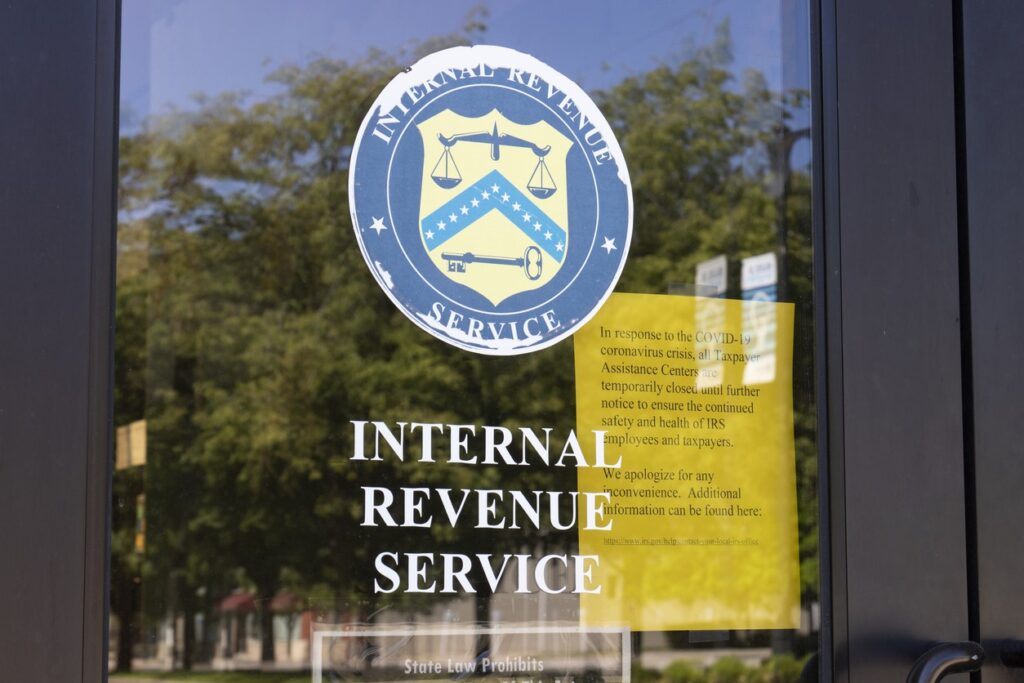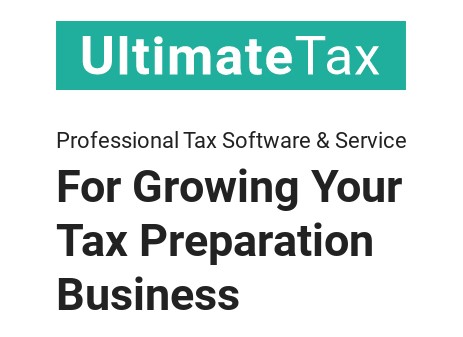When filing a state tax return, it is important to be aware of the Earned Income Tax Credit (EITC) as this credit may reduce your overall tax liability. The Earned Income Credit (EIC), also known as Earned Income Tax Credit (EITC), is a valuable tax credit for low-income taxpayers who work and earn an income below certain thresholds.
It can literally be a financial lifeline for millions of hardworking families, allowing them to keep more of their hard-earned money.
To help make sure taxpayers are getting this vital credit, the Internal Revenue Service made it easy to calculate eligibility using its online tool. On the other hand, you may want to speak with a financial adviser who specializes in taxes for advice and guidance on how to maximize your credits and deductions.
What is the Earned Income Credit (EIC)?
The earned income tax credit, known as an EITC, is an invaluable program for low- and moderate-income workers. It provides a major financial boost for those who qualify, reducing their taxable income by up to $6,935 in the 2022 tax year.
This can make a huge difference in families with children – they may get back anywhere from $560 to $6,935 depending on their filing status, income level and the number of dependents. It is important to note that if you think you may have qualified for this credit in the past three years but didn’t claim it, the IRS urges you to file an amended return so that you can receive the money back.
Ultimately, the EITC helps reduce the financial burden of working families and encourages them to remain in the workforce by providing them with additional money that they can use towards expenses such as food and medical care.
How is EIC Calculated?
To qualify for the EITC, you must meet certain income qualifications and cannot make over a certain amount of investment income. While having a child isn’t necessary to claim the credit, it will generally result in higher EITC amounts due to additional tax credits given for each qualifying dependent.
Additionally, if you have three or more children, the income thresholds are raised significantly so that more households are eligible for the credits. Here are some more additional qualifications you must pass before receiving this income credit:
- Your investment income must be $10,300 or less in 2022 and cannot exceed $11,000 in 2023.
- You must have at least $1 of earned income (pensions and unemployment don’t count).
- Cannot file Form 2555 (Foreign Earned Income) or Form 2555-EZ (Foreign Earned Income Exclusion).
- If claiming EITC without any qualifying children, you must be between 25 and 65 years old (only one spouse needs to meet this age requirement if filing jointly without a child).
- If separated but still married, cannot file a joint tax return and the child must live with you for more than half the year; you also cannot have lived with your spouse during the last six months.
How Can Last Year’s EIC Impact Your Current Tax Refund?
Claiming the EITC on your taxes has one major downside: refunds can only be issued in mid-February by law. This means that even if you filed your return very early in tax season, you may receive your refund slower than expected. It’s important to plan ahead financially if claiming this credit as it can lead to delays in receiving funds that one might need earlier in the year.

However, claiming this important credit can make a real difference in your bottom line, so if you are eligible, it is definitely worth taking the time to do it properly.
How to Claim Last Year’s EIC
For taxpayers looking to claim the Earned Income Credit for last year, it is important to understand the limits of when you can amend your original return by filing Form 1040X.
Generally speaking, you have three years from the due date of your original return or two years from the date you paid the tax to file an amended return and potentially receive the EIC. For example, if your original return was due on April 15th, then you would have until April 15th three years later to file an amended return and still be eligible for the EIC.
However, if you paid the tax later than that due date (April 15th), then you may have up to two years from that payment date to amend your return and claim the credit.
If there was a valid Social Security Number associated with any potential claim at the time of filing last year, then these dates are applicable; however, if a taxpayer had an Individual Taxpayer Identification Number instead of a valid SSN they cannot amend their returns to go back and claim it in prior years.
Tips for Maximizing Your EIC and Tax Refund
Filing taxes can be stressful, but maximizing your tax refund is also an opportunity. You can use several strategies to increase your refund and make the most of the money once it has been deposited in your account.
Properly optimizing your taxes each year is an effective way to maximize both immediate returns and future financial stability. Here are some ways that you can maximize your EIC and successfully file your tax refund to get the most money possible!
Earn More Income
Filling out a W-4 correctly is a key component of managing your taxes properly. The more accurately you complete the form, the more likely you are to get the correct amount of money withheld from each paycheck.
Depending on the amount of income and credits you specify, this will directly affect how much tax will be taken out of each check. If you have a high income and/or multiple credits, it may be beneficial to request for less taxes to be withheld in order to receive larger paychecks throughout the year.
However, this smaller withholding could mean that you receive a smaller tax refund or no refund at all come tax season – possibly even having an additional tax bill due. Therefore, it is important to understand your own financial situation thoroughly before deciding on what number of allowances should be entered on your W-4 in order to manage your taxes most effectively.

File as a Qualifying Widow or Widower
Widows/widowers with dependent children can choose between qualifying widow(er) with dependent child status or married filing together status when filing taxes each year.
Qualifying widows/widowers receive higher standard deductions than if they were to file as married couples; however, they generally have fewer tax advantages than those who filed jointly while married.
Maximize Retirement Contributions
Retirement planning is one of the smartest ways to increase your tax refund. By investing in retirement accounts, you can capitalize on two advantages offered by the IRS: a deduction and a refundable credit. The maximum deductible contribution to a traditional IRA is currently set at $6,000 per tax year (or $7,000 for those aged 50 or older).
This amount can be further supplemented with an additional refundable credit of up to $1,000 for individuals and $2,000 when filing jointly. Other qualified plans such as 401Ks may also qualify for this credit. These benefits make retirement planning an effective strategy for maximizing your tax return.
Claim the Child and Dependent Care Credit
The Child and Dependent Care Credit is a great way to offset the costs associated with childcare. This tax credit is based on a percentage of what you pay for daycare or after-school care for a child or dependent who is under the age of 13.
The total amount you can claim for expenses related to childcare in the 2022 tax year is limited to $3,000 for one child or dependent and $6,000 for two or more. A qualifying individual for the dependant care credit is:
- A child under 13 years of age who lives with the taxpayer for over half the year;
- A dependent who is physically or mentally incapable of self-care and who lives with the taxpayer for more than half the year; or
- A spouse who is incapable of self-care and lives with the taxpayer for more than half the year.
Other criteria must be met to be able to claim this credit, including:
- Taxpayers cannot file as married filing separately;
- Caregivers (such as nannies, babysitters, daycare providers, etc.) cannot be spouses or parents of the qualifying individual, nor can they be a dependent child of 19 years or younger;
- All qualifying individuals must have a valid Social Security number; and
- Taxpayers are required to provide their caregivers’ name, addresses, and Social Security numbers when claiming this credit.
Additionally, it’s important to keep track of all of your expenses throughout the year so that you can use them when filing your taxes.

Use the “Joint Return” Status
Depending on your tax filing status, you can receive a variety of deductions, credits, and other benefits that could result in a refund or reduce the amount of tax you owe. The five most common statuses are married filing jointly or separately, single, head of household, qualified widow(er) with dependent child, and married filing separately.
For those who are married and decide to file jointly, they will have the highest standard deduction available. This means they can save more money on their taxes than if they filed separately as a couple. Additionally, by filing jointly both spouses are liable for any taxes owed or refunds earned during the year.
Single filers receive a lower standard deduction than those who are married and file jointly but have less paperwork because they don’t need to provide information about a spouse’s income or deductions. However, single filers may be able to claim certain credits and deductions not available to married people.
Heads of households often receive higher standard deductions than single taxpayers due to their financial responsibilities for themselves and family members such as dependents or children under age 18. They also may qualify for other tax credits such as the Earned Income Tax Credit.
Finally, individuals who choose to file separately from their spouses after marriage must remember that both spouses assume full responsibility for any taxes due or refunds earned during that year, regardless of whose income was used on the return in question.
Couples are also unable to take advantage of many credits and deductions reserved only for those who filed jointly while still married.
Potential Pitfalls and Limitations
The EITC was designed to provide economic support to individuals and families with low to moderate incomes. However, this program is marred by several inherent complexities and certain IRS shutdowns, which have led to numerous administrative difficulties and a high error rate.

As we have touched on, to be eligible for the EITC, claimants must meet certain criteria related to their income level, employment status, filing status, and a total number of qualifying children in the household. Unfortunately, these requirements can vary depending on one’s personal circumstances, leading many people to make errors on their claims or claim ineligible credits.
As a result of these difficulties, the Internal Revenue Service (IRS) estimates that as much as 25 percent of all EITC payments need to be corrected each year.
On top of this, the EITC influences an individual’s incentive to work by altering the benefit of working through the income and substitution effects. During the phase-in stage, when an individual’s income increases, they receive an implicit marginal subsidy, strengthening the incentive to work.
Conversely, during the phase-out stage, as an individual’s income goes up, they are hit with an implicit marginal tax increase that weakens their incentive to work. This significantly impacts how people approach working because it changes their attitude toward it; for instance, whether or not a person is willing to work additional hours or take on more difficult and higher-paying jobs.
In conclusion, some might argue that the EITC can profoundly affect how much money someone earns in a given year, depending upon where they fall within its phase-in and phase-out limits.
Lastly, the EITC also penalizes those that are married. This penalty can have a significant impact on the finances of married couples. When two people decide to marry, they are often unaware that their taxes may increase, despite their combined income staying the same.
This is because the EITC is based on household income, which presents an advantage for single filers who don’t have to include their partner’s income. However, it also means that when couples combine incomes and file jointly, their total tax bill increases and they become subject to the marriage penalty.
This can push them into a higher phaseout range, significantly reducing their combined after-tax income and creating an unfair burden for married couples. The marriage penalty continues to be an issue with the EITC, but there has been some movement toward eliminating or mitigating its effects in recent years.
Conclusion
Ultimate Tax is here to help you make the most of your tax filing experience. Our online products offer personalized guidance with claiming the Earned Income Credit (EIC). We understand how important it is to get the maximum refund or lowest tax liability, so we are committed to helping you get back every dollar you deserve.

We will take the time to evaluate your situation and provide specialized advice tailored to your specific needs. With UltimateTax at your side, you can rest assured that every detail of your investment taxes has been accounted for and professionally handled.





